
marketing
Live experiences are on the rise and the competition for attention is fiercer than ever. Audiences are fragmented across platforms, ad inventory is crowded, and budgets are under pressure. Meanwhile, demand for in-person connection is rising alongside new digital behaviors that change how people discover and decide which events to attend.
To cut through the noise, you need event advertising strategies that meet people where they are, articulate why your event matters, and turn attention into registrations at the lowest possible cost.
Two trends frame the stakes. First, out-of-home (OOH) has surged back—OAAA reports a record $9.1B in U.S. OOH ad spend in 2024 (+4.5% YoY), signaling brands’ renewed confidence in real-world reach. Second, younger audiences increasingly start discovery on social—new research from Sprout Social shows 41% of Gen Z now turns to social first for search. The takeaway: visibility and attendance come from a diversified, data-led media mix that connects discovery to decision—online and offline.
In this guide, we’ll walk through audience-first planning, crafting messages that convert, choosing the right channels (digital, traditional, and hybrid), optimizing with analytics, and the metrics that prove impact. You’ll get examples and an action plan to scale what works.
Effective event advertising strategies start with crystal-clear audience definition. If you nail who the event is for, the job it helps them do, and the outcomes they want, your media plan basically writes itself. That clarity informs channel choices, creative angles, and your landing page experience.
Build segments using a blend of demographic, psychographic, and behavioral signals:
Demographic: age range, location radius, job title/seniority (for B2B), student vs. professional, household status.
Psychographic: motivations (learn, discover, network, be inspired), interests (genres, topics, creators), barriers (time, cost, travel).
Behavioral: past attendance, email engagement, session interests, content consumption (video vs. articles), cart abandonment.
Practical research methods you can start today:
Leverage first-party data. Use GA4 and your CRM to identify high-intent behaviors (landing page views, waitlist signups, past registrations). Define “registration” as a conversion so your ads can optimize for the right outcome.
Run short audience surveys. Ask potential attendees what would make the event unmissable, which speakers they follow, and what would stop them from buying now.
Mine social listening. Monitor hashtags, creator content, community forums, and comment sections to learn language and objections in the wild.
Turn insights into targetable segments:
Lookalike audiences from past buyers or waitlisters to expand efficient reach.
Interest and keyword clusters that reflect what your audience actively searches and watches.
Contextual placements (e.g., tech channels for a developer conference, lifestyle creators for a music festival).
Attendee behavior has shifted fast — and your advertising must match how people actually search, compare, and decide today.
According to the Event Attendee Insights Report 2025–2026, discovery is wildly fragmented:
65% of event goers find events through social media posts or ads
56.4% rely on friends
37.6% use Google (Search)
28.8% find events through ticketing sites
And here’s the kicker: 45.6% say seeing friends attend makes them click “buy.”
Social proof isn’t nice-to-have — it’s conversion fuel.
Key behavioral shifts you can’t ignore:
Only 22% buy 2–4 weeks out. Nearly 25% wait until the final 7 days.
But 67.6% say early-bird discounts push them to buy earlier, and 45.2% respond to “sell-out fear.”
Almost 48% abandon checkout due to unexpected fees. If your ad says “$49 tickets,” make sure the landing page doesn’t suddenly say $68. Trust breaks fast.
40.6% of respondents buy when the visuals excite them. Your ad creative carries more weight than your copy — make it electric.
Before you buy a single impression, write the message that will make your best-fit buyer stop scrolling. The best-performing event advertising strategies translate features into attendee outcomes and pair them with clear calls to action.
Use this simple value proposition formula:
Who it’s for: specify role, level, or tribe (e.g., “growth marketers,” “indie music fans,” “restaurant owners”).
The job/outcome: what they will be able to do after attending (e.g., “master GA4,” “discover 40+ emerging artists,” “meet suppliers who cut costs 15%”).
Why this event: your X-factor (exclusive speakers, hands-on labs, unmatched venue, first access, community).
Turn USPs into crisp ad copy:
Outcome-led headlines: “Learn X from Y in Z hours,” “Discover 20+ emerging artists in one night,” “Meet 50+ buyers in 2 days.”
Proof beats adjectives: swap “world-class” for quantifiable assets (speaker lineups, session counts, past attendee ratings).
Direct CTAs: “Register now,” “Grab early-bird,” “Join the waitlist,” paired with urgency (“Ends Friday,” “Limited seats”).
Examples you can steal:
B2B summit: “Built for revenue leaders. In one day, get 6 playbooks, meet 40+ peers, and leave with a Q4 pipeline plan. Early-bird ends Friday—save 30%.”
Music festival: “Discover the next big thing. 25 rising artists, 3 stages, zero schedule clashes. Day passes from $49. Prices increase Sunday.”
Food & bev expo: “Meet 120 suppliers, taste 300+ products, and lock exclusive show deals. Free trade registration this week only.”
Most event ads fail because they look like… ads. Not experiences.
Here’s what today’s ticket buyers say makes them click buy (Event Attendee Insights Report 2025–2026):
45.6%: seeing friends attending
40.6%: exciting visuals or clips
40.4%: limited-time offers
38.8%: positive comments or reviews
33.6%: a super clear event description
Turn that into creative rules:
Use raw crowd clips, behind-the-scenes moments, and creator reactions. Perfect lighting doesn’t sell — vibe does.
Humans respond to humans. Add fan reactions, speaker clips, backstage footage, and last year’s hype.
Screenshots of comments. 10-second testimonial reels. UGC from past attendees.
People trust people more than brands.
“Early-bird ends Friday”
“Only 60 VIP passes left”
“Prices rise at midnight”
Urgency belongs in the creative, not buried in your caption.
Even minimal motion — zooms, cuts, transitions — outperforms static imagery by miles.
If your creative doesn’t instantly answer “What’s the vibe?” and “Why now?”, it’s not conversion-ready.
There’s no magic channel. The winning mix is the one that matches where your audience actually discovers events and where they actually decide to buy. Your job is simple: show up in both places with one clear, consistent message.
Let’s break the mix down into what each channel does best and how to use it without wasting budget.
Social isn’t just awareness anymore — it’s discovery and decision-making. Short-form video, creator-driven storytelling, and platform-native formats are your heavy hitters.
How to play each platform:
Facebook / Instagram: Blend interests + lookalikes from past buyers. Let Advantage+ Creative remix your top-performing videos for scale.
LinkedIn: Target by job title, skills, industry, and company lists. Event Ads consistently outperform standard formats for professional audiences — use them to highlight speakers, sessions, or networking perks.
TikTok / YouTube Shorts: Use creator whitelisting or Spark Ads to boost authentic content. Focus on tight 6–15 second hooks that land one outcome: meet X, learn Y, experience Z.
Creative rules that convert:
Lead with outcomes and proof — the vibe, the speakers, the energy.
Keep CTAs visible on screen. Deadlines should be part of the visual, not buried in a caption.
Always use captions. Most people watch muted, especially on TikTok and Reels.
Want to go deeper on paid social selection? Check our breakdown of the best ad platforms for selling tickets to map channels to your event type and budget.
Search captures demand when intent is hot. Build campaigns around your event name, category (“tech conference London”), problems solved (“how to learn GA4 workshop”), and competitor alternatives. Protect your brand terms, then expand with modified broad match and robust negatives.
Measurement is everything. Import GA4 “registration” conversions into Google Ads so bidding algorithms optimize to the action that matters. If you use Performance Max, aim for Excellent Ad Strength by supplying varied, high-quality text, image, and video assets—teams that improve Ad Strength often see conversion lifts.
Email remains a top ROI channel for events because it reaches known audiences with personalized offers. Segment by lifecycle: past attendees, waitlisters, partners, and new subscribers. Create a cadence that mirrors your campaign phases—announce, early-bird, price rise, last-chance, and “what to expect” onboarding sequences.
Use dynamic content blocks: show agenda tracks based on interest tags (e.g., design, data, operations).
Test subject lines for urgency and relevance: “48 hours left to save 30%,” “New speaker just announced,” “Only 60 VIP passes left.”
Automate triggers: browse abandonment (visited pricing but didn’t buy), session selection reminders, referral rewards.
For an end-to-end approach, see our guide to event email marketing strategy with templates and timing tips.
Strategic content turns cold audiences warm and nurtures consideration cost-effectively. Produce search-friendly posts, speaker AMAs, teaser clips, and recap articles. Optimize for questions your audience actually asks: “Is [City] worth traveling for [Event Type]?”, “How to justify a conference to your manager,” or “What’s new in [Topic] for 2025?”
Feature proofs: previous years’ highlights, ratings, agendas, and partner logos. Repurpose long videos into 6–15 second vertical cuts for social and paid. Consider a cornerstone post such as “Why [Your Event] is the fastest way to [Outcome] in 2025,” then interlink related posts.
If you’re building a toolkit, our roundup of event marketing tools can help you choose stack components for content, analytics, and automation.
Creators are trust accelerators. Partner with niche or mid-tier creators your audience already follows. Give them early access, creator-only moments, and the freedom to tell authentic stories. Negotiate deliverables across phases—announcement, countdown, live coverage, and recap. Track with unique codes or links to measure incremental registrations.
Start with our playbook on event influencer marketing to choose the right partners and compensation models.
Local newspapers, city magazines, and trade journals still reach high-intent readers—especially for regional events and B2B shows. Use print to showcase the lineup, anchor dates, and an irresistible offer. Pair with a QR code or short URL that lands on a page built for mobile.
Radio and local TV add mass reach and credibility. They work best when layered with digital retargeting. For example, run morning drive-time radio in the two weeks before your event, then retarget exposed zip codes with mobile and social ads featuring the same voiceover or jingle.
OOH is in resurgence and uniquely suited to citywide and regional events. Use billboards, transit wraps, and place-based DOOH near venues, campuses, coworking spaces, and nightlife districts. Keep creative bold, readable in 2 seconds, and action-oriented with QR codes that deep-link into your registration funnel.
Why it works now: OOH delivers broad awareness and a “reminder effect” that increases the impact of your digital ads. With DOOH, you can daypart creative (e.g., commuter vs. nightlife messaging) and swap in countdown versions as you approach deadlines. Industry data shows OOH spend hitting record highs post‑pandemic, reflecting its efficiency in driving attention and action.
The smartest plans blend channels. Use OOH to blanket your city and seed mental availability, then retarget exposed areas with social/search to convert registrations. Sync creative across mediums so audiences recognize the message on sight—same headline, visual, and deadline.
A simple hybrid framework:
Awareness (weeks 6–4): OOH + short-form social video to announce dates, venue, and hook. Launch content hub and SEO posts.
Consideration (weeks 4–2): Retarget website visitors and video viewers with speaker/session proofs, testimonials, and VIP perks. Activate creators.
Conversion (weeks 2–0): Email urgency sequences, search/PPC on brand + “last minute” terms, DOOH with countdown and price-rise CTAs.
Meet people where they discover—and where they decide. Awareness earns you a glance; consistency across channels earns the registration.
Need the right infrastructure to run this mix? Explore Loopyah’s event software features for integrated ticketing, email, and analytics that streamline planning and measurement.
Pricing isn’t just a finance decision — it’s one of your strongest advertising levers. Event buyers are deal-driven, deadline-reactive, and quick to abandon a checkout if something feels off.
A few behavioral signals to keep in mind:
Early-bird discounts are the #1 motivator to buy sooner (Event Attendee Insights Report 2025–2026).
Unexpected fees are a top cause of checkout abandonment.
Clear price-rise dates shift buyers who are “waiting to see.”
That’s all you need to anchor your strategy — no stat avalanche required.
Give people a reason to act early:
Early-bird (your anchor price)
Standard (your main window)
Last-chance (your urgency window)
Each tier should feel like “buy now or pay more later.”
Deadlines work when people actually see them. Turn price changes into:
Countdown posts
“Prices rise Friday” emails
Creator callouts
Reels and Stories that remind people what they’ll miss
Visibility = conversions.
Nearly half of event goers have abandoned checkout because fees surprised them at the end.
If you can’t remove fees, front-load transparency:
“Low-fee window ends Sunday”
“Fee-free for the next 24 hours”
Honesty converts.
The levers that consistently work:
Early-bird deals
Limited VIP perks
Fee-free windows
“Prices rise on [date]”
Small bonuses (early entry, merch, presale access)
Simple, predictable, and incredibly effective.
Small experiments can lower your CPR without touching your ad budget:
Rounded vs. charm pricing
Showing “You save X%”
2-ticket bundles
Payment plans on higher-tier passes
Micro-optimizations → macro gains.
Optimization is not about chasing the lowest CPM—it’s about increasing registrations and show-ups at the best possible cost. That requires disciplined testing, reliable conversion signals, and clear decision rules.
A/B testing guardrails:
Test one variable at a time (headline, thumbnail, CTA) to isolate impact. Run multiple variants per ad set to avoid creative fatigue.
Let tests run to statistical sufficiency—avoid calling winners too early. Use weekly learning agendas with a single primary hypothesis.
Anchor optimization to downstream conversions (registrations), not just clicks or video views. Import GA4 conversions into your ad platforms.
Campaign structure tips:
Segment by funnel stage: awareness (video/DOOH), consideration (proof-led carousels, speaker clips), conversion (retargeting, search brand terms).
Use frequency caps and exclusions so prospects don’t see the same ad 12 times. Rotate creatives weekly in the final two weeks.
Watch dayparting: increase bids around commute times and lunch, when mobile attention spikes.
Finally, align landing pages to audience segments. If your ad targets first-time attendees, feature “what to expect,” travel tips, and community highlights; for alumni, spotlight “what’s new this year.”
Social is your always-on amplifier. Plan your calendar in phases and use formats that maximize reach and participation: short-form video, Stories, Lives, polls, and carousels. Encourage user-generated content (UGC) so your attendees and partners help you scale credible reach.
A practical four-phase social plan:
Announce: hero video + speaker carousel + pinned post. Create your hashtag and explain how to use it. Launch the waitlist or early-bird with a deadline.
Countdown: weekly themes (agenda reveals, venue perks, city guides). Run giveaways with partners (tickets, merch, meet-and-greets).
Live: go on Instagram Live or YouTube to stream arrivals, backstage Q&As, and “what’s happening now” clips. Pin the ticket link for last-minute buyers.
Recap: publish highlight reels, photo carousels, and attendee testimonials. Invite followers to join the community for next year’s presale.
UGC and contests that work:
Hashtag challenges: “Why I’m going to [EventName]” with 20–30 second clips. Reward creativity, not follower count.
Refer-a-friend leaderboards: track referrals with unique codes; weekly prizes keep momentum high.
Creator takeovers: give trusted creators your account for a day to answer questions and show the vibe.
If you’re still setting up your owned channels, our guide on creating an event on Facebook walks you through the essentials—from event pages and RSVPs to integrations.
Measure what matters and standardize definitions across teams. If “registration” includes free signups and paid tickets, separate them so you can calculate cost per paid attendee accurately. Mirror these definitions in GA4 and your ad platforms.
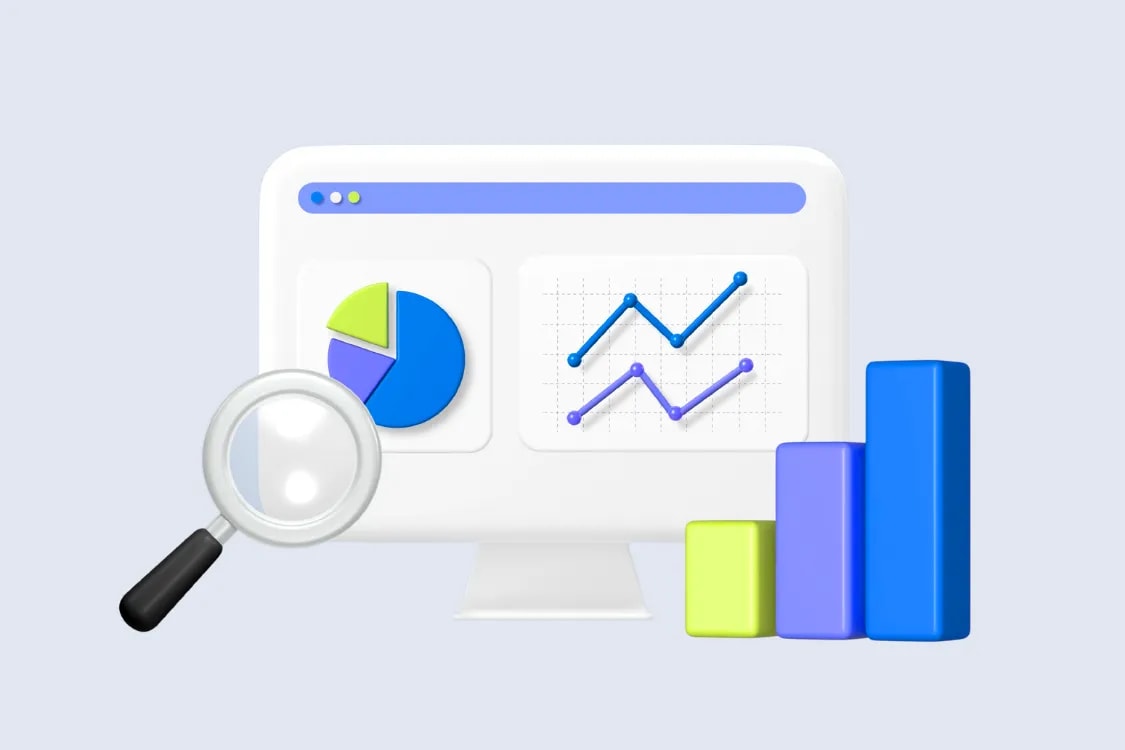
A layered KPI set to manage your funnel:
Awareness: reach, CPM, video throughplays, OOH impressions, branded search lift.
Consideration: CTR, time on page, session saves, email opt-ins, add-to-calendar actions.
Conversion: cost per registration (CPR), cost per paid attendee, checkout conversion rate, last-7-day ROAS.
Attendance: show-up rate, scan rate by ticket type, no-show analysis, NPS/post-event survey.
Build a single, trusted dashboard that blends platform data with onsite outcomes. Tag everything with UTMs (source/medium/campaign/content) and use consistent naming conventions for clean attribution. Review weekly: what’s driving registrations under target CPR, what needs to be paused, and what should be scaled.
For end-to-end campaign support—from ticketing to email and analytics—Loopyah can help centralize your stack so you can iterate faster and report with confidence. Explore our full event ticketing system.
Real-world examples show how platform-native formats, creative scale, and organizer–partner collaboration can materially lift registrations and engagement.
A B2B leadership summit promoted its agenda and speakers with LinkedIn Event Ads targeted to senior titles in defined industries. Compared to standard video placements, the Event Ads drove over double the CTR in pilot tests, improving cost per click and filling the retargeting pool quickly.
Play it forward:
Mirror your LinkedIn audience in email by asking registrants for job function and seniority during checkout—then personalize post-register sequences by role.
Use carousel assets to feature session tracks with “choose your path” frames that convert curiosity to clicks.
An entertainment brand rolled out Performance Max for city-specific shows and used AI-assisted asset generation to 5x creative throughput, improving Ad Strength to Excellent. The result: more coverage across formats and incremental conversions at or below target CPR.
Play it forward:
Feed high-quality images, short clips, and at least three headline/description variants. Refresh assets weekly in the final two weeks before the show.
Group campaigns by metro area + event type so the algorithm learns faster and your reporting stays clean.
A B2B trade show equipped exhibitors with co-branded assets, influencer outreach guidance, and targeted email templates. Exhibitors amplified the organizer’s content while running their own micro-campaigns (creator shout-outs, livestream teasers). The combined lift increased pre-registrations and onsite engagement.
Play it forward:
Create an exhibitor media kit: sample posts, tracking links, approved hashtags, and a suggested timeline.
Host a 30-minute webinar for partners on how to promote the show using short-form video and UGC contests.
For more conversion levers you can deploy, review factors affecting ticket sales conversion to troubleshoot drop-offs across your funnel.
Maximizing visibility and attendance isn’t about being everywhere—it’s about being everywhere that matters to your audience. Start by clarifying who you’re for and the outcomes you deliver. Craft outcome-led messages with clear CTAs. Choose a channel mix that covers discovery (social, content, OOH) and decision (search, email, retargeting), then layer in creators for authentic reach. Optimize with A/B tests and reliable conversion signals, and measure performance against standardized KPIs from reach to show-up rate.
As you iterate, document learnings in a simple “learn-and-scale” loop: what we tried, what we observed, what we’ll scale next time. Share benchmarks with stakeholders and reinvest in the formats, creators, and channels that consistently convert.
Ready to turn these event advertising strategies into registrations? Loopyah helps organizers sell, promote, and measure in one place—saving teams time while keeping ROI in focus.
Start selling tickets with LoopyahWant a deeper dive into launch timing? Our event marketing timeline covers when to announce, when to raise prices, and how to stack promotions for maximum impact.
The Loopyah Content Team shares expert insights, practical guides, and industry updates to help event organizers create unforgettable experiences and stay ahead in the event planning world.
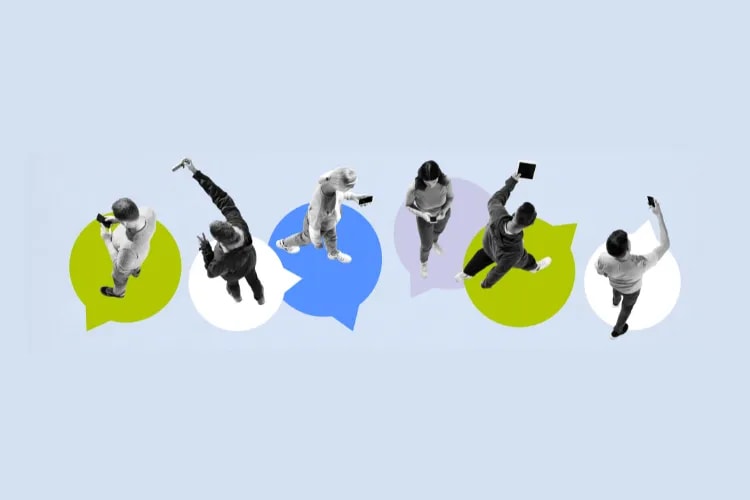
marketing
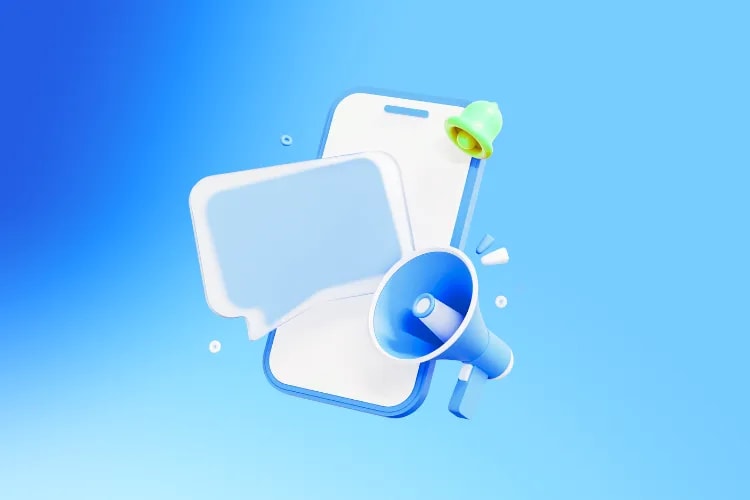
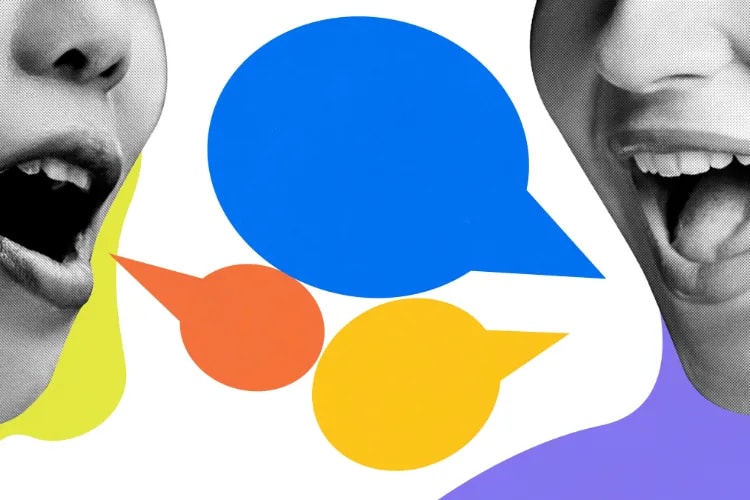
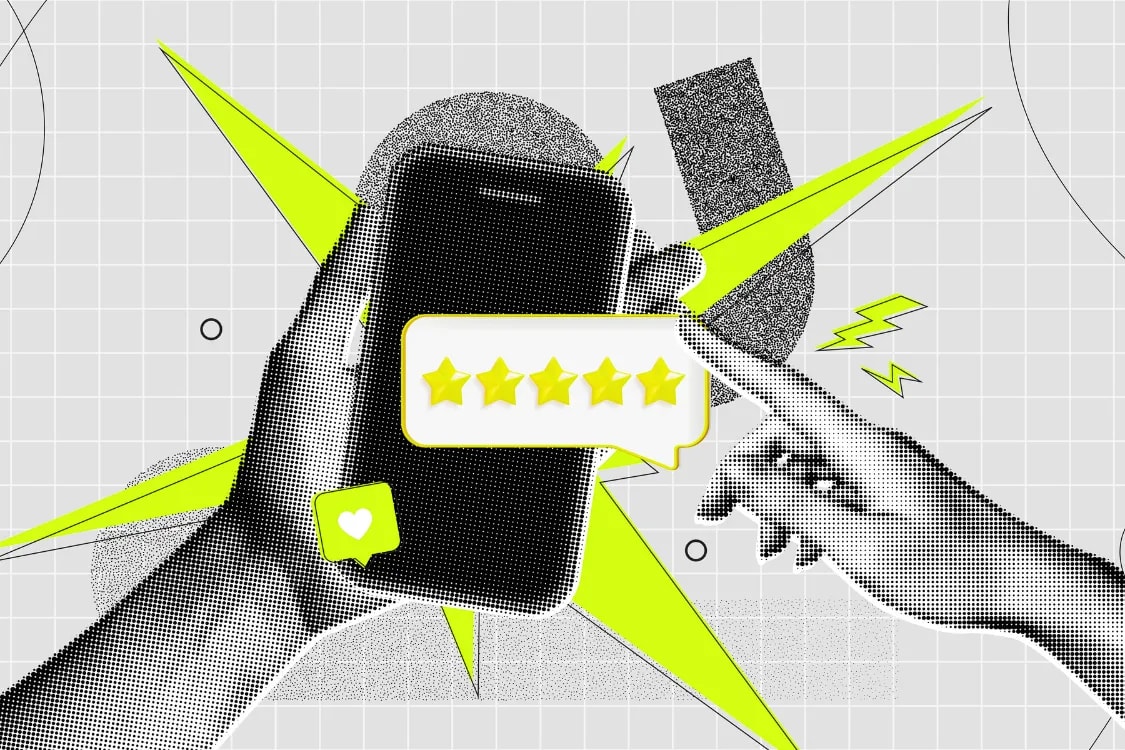
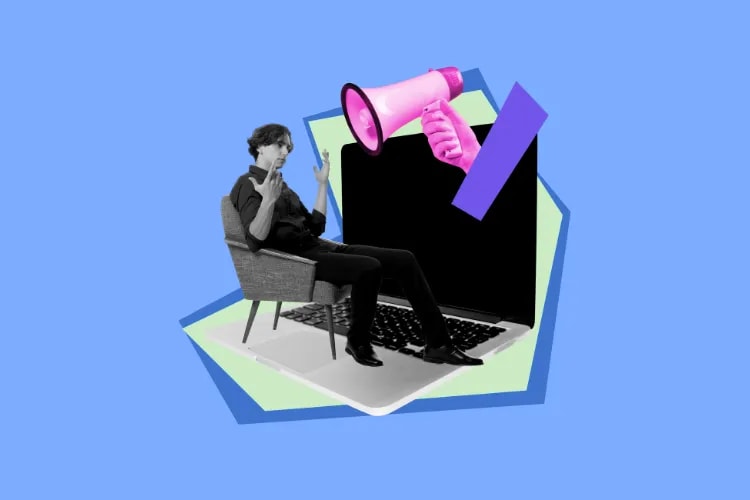
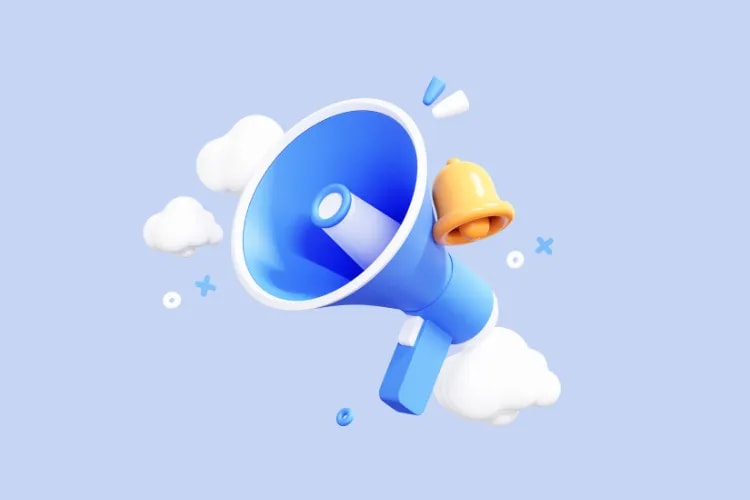
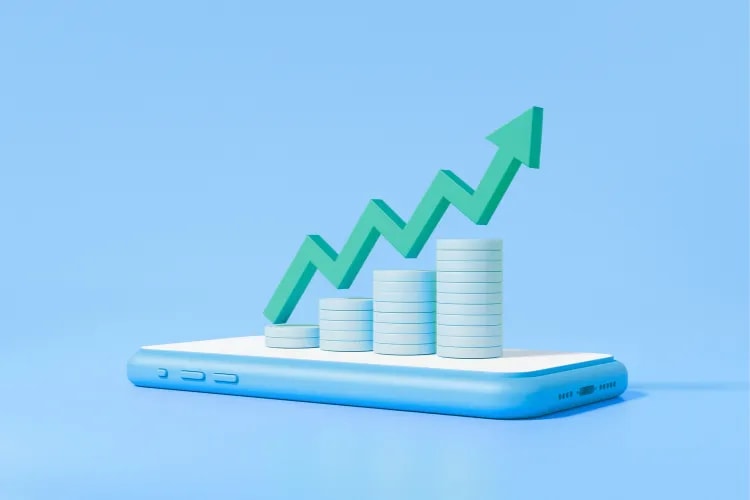


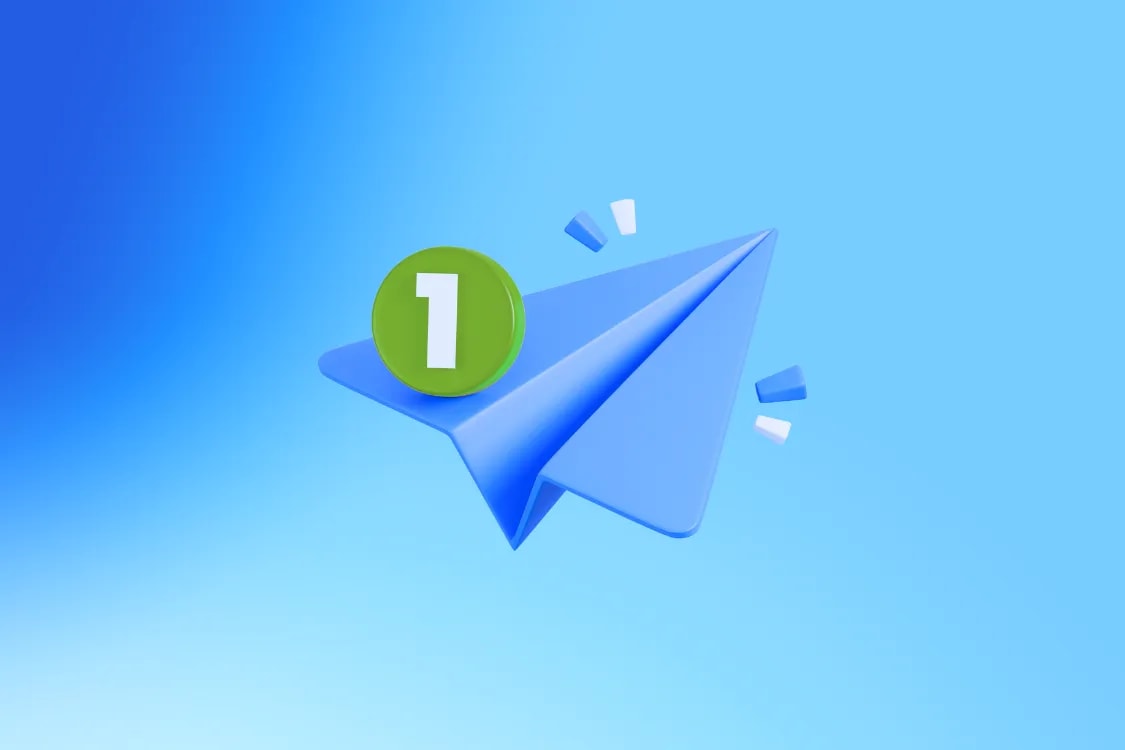
planning
marketing
marketing
marketing
selling
selling
marketing
marketing
marketing